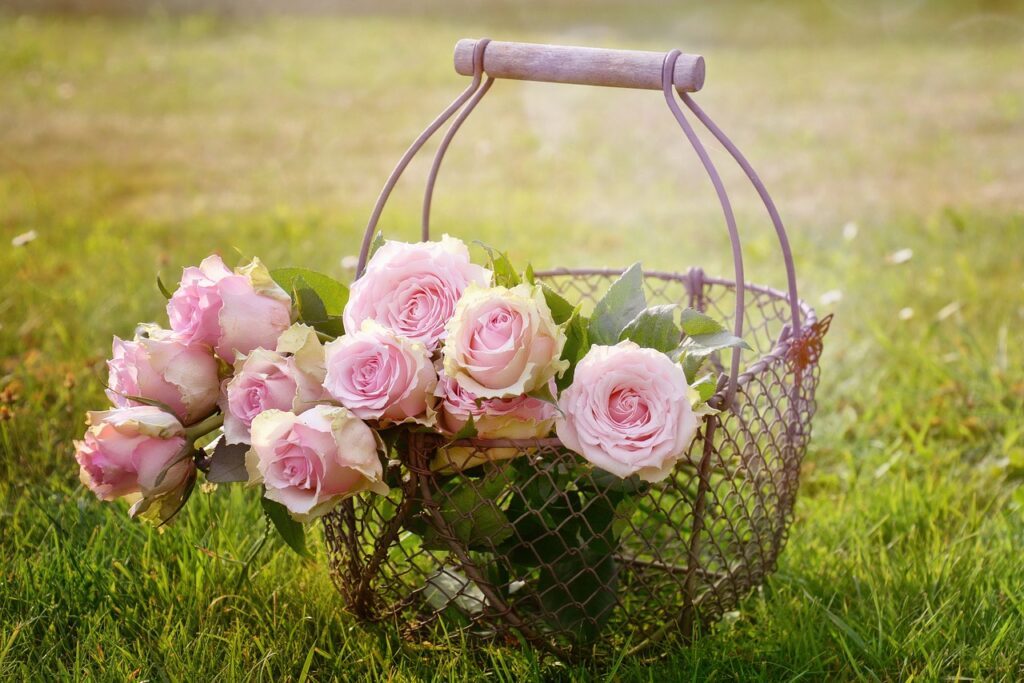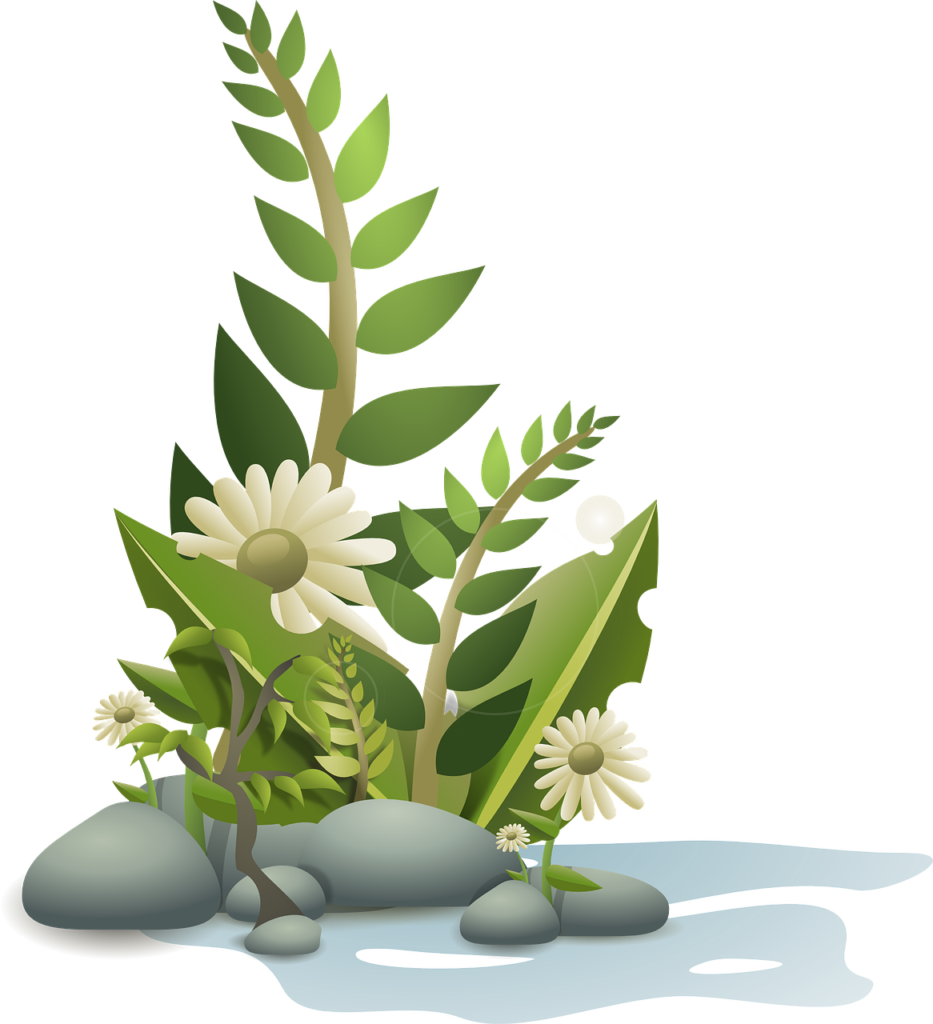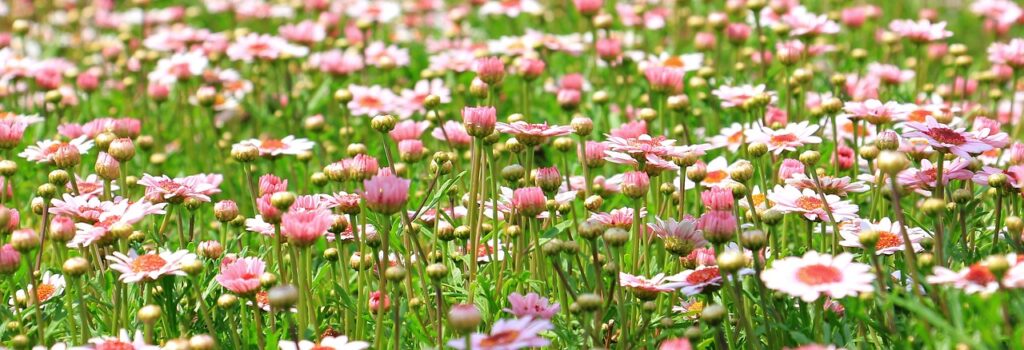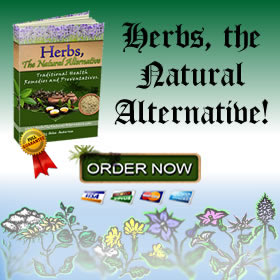How To Grow And Care For Calendula Plants.
So, you’ve decided to try your hand at gardening and you’ve heard about these beautiful flowers called calendulas. Well, you’re in luck because in this article, we’re going to show you exactly how to grow and care for calendula plants. Whether you’re a seasoned gardener or a complete novice, we’ve got you covered with all the tips and tricks you need to successfully cultivate these vibrant and cheery blooms in your very own garden. So grab your gardening gloves and let’s get started on this blooming adventure!
Choosing the Right Location
Finding the Ideal Position
When it comes to growing calendula plants, choosing the right location is crucial for their success. Calendula plants thrive in full sun, so it’s important to find a spot in your garden that receives at least six hours of direct sunlight each day. Look for an area that is not shaded by trees or buildings, as this can hinder the plant’s growth and flower production.
Considering Sun and Shade
While calendula plants love the sun, they can also tolerate some shade. If you live in an area with hot summers, providing your calendula plants with some afternoon shade can help prevent their delicate blooms from scorching. However, it’s essential to strike a balance and ensure they still receive enough sunlight to flourish.
Ensuring Proper Soil Conditions
In addition to the sun and shade considerations, the soil conditions are another important factor to consider when choosing the right location for your calendula plants. These flowers prefer well-drained soil that is rich in organic matter. Prior to planting, it’s beneficial to amend your soil with compost or well-rotted manure to improve its fertility and drainage. Avoid heavy clay soils that can retain excessive moisture, as this can lead to root rot and other issues for your calendula plants.
Planting Calendula Seeds
When to Plant
Calendula seeds are best sown directly in the garden after the last frost date in your area. They can tolerate cool temperatures, so you can start sowing the seeds as early as a few weeks before the last frost. If you live in a region with mild winters, you can also sow the seeds in early fall for early spring blooms.
Preparing the Soil
Before sowing the seeds, it’s crucial to prepare the soil properly. Start by loosening the soil with a garden fork or a tiller to a depth of about six inches. Remove any weeds or rocks and break up any large clumps of soil. As mentioned earlier, amending the soil with compost or well-rotted manure can greatly benefit the growth of your calendula plants.
Sowing the Seeds
Once the soil is prepared, it’s time to sow the calendula seeds. Scatter the seeds evenly over the soil, aiming for a spacing of about six to 12 inches apart. Cover the seeds with a thin layer of soil, about a quarter-inch deep. Water the area gently to settle the seeds into the soil. Avoid overwatering, as this can displace the seeds or cause them to rot.

Watering and Fertilizing
Watering Needs
Calendula plants have moderate water needs, and it’s important to strike a balance in watering them. Too much water can lead to root rot, while too little water can cause the plants to become stressed and wilt. Feel the soil with your finger to determine if it’s dry before watering. If the top inch of soil feels dry, it’s time to water. Deep, infrequent watering is preferable to frequent shallow watering, as it encourages the plants’ roots to grow deeper.
Fertilizing Requirements
Calendula plants are not heavy feeders, but they can benefit from a balanced, all-purpose fertilizer. Apply fertilizer in early spring before the plants start to bloom, following the package instructions for dosage. Avoid over-fertilizing, as this can result in excessive foliage growth at the expense of flower production. Additionally, incorporating organic matter into the soil during preparation can provide natural nutrients for your calendula plants.
Mulching and Weed Control
Applying Mulch
Mulching is an excellent practice to help conserve moisture, suppress weed growth, and regulate soil temperature around your calendula plants. Apply a layer of organic mulch, such as straw or wood chips, around the plants, taking care not to cover the stems or crowns. Mulch should be applied to a depth of about two inches and replenished as needed throughout the growing season.
Dealing with Weeds
Weeds can compete with your calendula plants for nutrients, water, and sunlight, so it’s important to keep them in check. Regular weeding around the plants will help maintain optimal growing conditions. Hand-pulling weeds or using a hoe to remove them while being careful not to disturb the calendula roots is the most effective method. Mulching can also play a significant role in reducing weed growth, making your weeding efforts more manageable.

Pruning and Deadheading
Removing Faded Blooms
To prolong the blooming period of your calendula plants and encourage new flower production, regular deadheading is essential. Deadheading, which involves removing faded blooms, redirects the plant’s energy toward producing more flowers instead of setting seeds. Simply pinch or cut off the old flowers just below the stem, and new blooms will continue to emerge throughout the growing season.
Trimming Leggy Stems
If your calendula plants start to develop long, leggy stems that appear weak or unattractive, pruning can help. Trim back the stems by about a third to encourage branching and a more compact growth habit. Alternatively, you can also pinch back the stems when they reach about six inches in height to promote bushier growth and prevent the plants from becoming too lanky.
Pest and Disease Management
Preventing Common Pests
While calendula plants are relatively resistant to many pests, they can occasionally fall victim to some common garden pests. Aphids, snails, slugs, and spider mites are a few pests that may target your calendula plants. Regularly inspect the leaves and stems for signs of infestation and take prompt action if necessary. Applying organic insecticidal soap or using natural predators like ladybugs can help keep pest populations under control.
Dealing with Diseases
Calendula plants are generally healthy and resistant to most diseases. However, they can be susceptible to root rot and powdery mildew if the soil conditions are not ideal or if the plants are overcrowded. To prevent these issues, make sure the soil is well-drained, avoid overwatering, and provide proper spacing between the plants to promote good air circulation. If powdery mildew does occur, removing affected leaves and treating the plants with a fungicidal spray can help manage the problem.

Harvesting and Preserving Calendula
Choosing the Right Time
Harvesting calendula flowers at the right time is crucial to ensure optimal taste, aroma, and potency for culinary, medicinal, or cosmetic purposes. The best time to harvest the flowers is in the morning when the dew has dried, but before the sun is too intense. Calendula flowers are at their peak when they are fully open and have vibrant colors.
Methods of Harvesting
To harvest calendula flowers, gently pinch or cut the stems just above the topmost set of leaves. Avoid cutting the stems too close to the base as this can weaken the plant. For culinary or medicinal purposes, the flower petals can be separated from the center of the bloom and dried for future use. If you prefer to use the whole flower head, it can be dried as well.
Preservation Techniques
To preserve the vibrant colors and potent properties of calendula flowers, drying is the most common preservation technique. Spread the harvested flowers or petals in a single layer on a drying rack or a screen in a well-ventilated area, away from direct sunlight. Turn the flowers occasionally to ensure even drying. Once fully dried, store the flowers in an airtight container in a cool, dark place, and they will retain their quality for several months.
Using Calendula Flowers
Culinary Uses
Calendula flowers have a slightly spicy, tangy flavor that adds a unique touch to various culinary creations. The bright orange petals can be used to garnish salads, soups, and desserts, adding a pop of color and a subtle peppery flavor. The petals can also be infused in oils, vinegar, or honey, creating aromatic and flavorful bases for dressings, marinades, or tea.
Medicinal Properties
Calendula flowers have been traditionally valued for their medicinal properties. They contain compounds with anti-inflammatory, antibacterial, and antifungal properties. Calendula infusions, extracts, or creams can be used to soothe skin irritations, minor cuts or scrapes, insect bites, and sunburns. They are also a popular ingredient in herbal teas and tinctures that promote digestive health and boost the immune system.
Cosmetic Purposes
Calendula flowers are known for their skin-nourishing properties, making them a sought-after ingredient in various cosmetic products. Infusing calendula petals into oils or using calendula-infused water can create soothing facial toners, moisturizers, or creams that help calm sensitive or irritated skin. Additionally, calendula-based lip balms, bath salts, and soaps are cherished for their gentle and rejuvenating qualities.
Overwintering Calendula
Preparing for Winter
In regions with mild winters, calendula plants can often survive and bloom throughout the season. However, in colder climates, overwintering practices are necessary to protect the plants from severe frost or freezing temperatures. Before the first frost, cut back the plants to about three inches above the ground and remove any debris or dead leaves from the planting area.
Protecting from Frost
To provide additional protection from frost, you can cover the calendula plants with a layer of mulch or a breathable row cover. Mulch helps insulate the soil and retain some heat, preventing it from freezing. If your area experiences prolonged periods of freezing temperatures, it may be best to dig up some plants and transfer them to containers, where they can be moved to a sheltered location, such as a garage or a greenhouse.
Troubleshooting Common Issues
Yellowing Leaves
If you notice yellow leaves on your calendula plants, it could be a sign of various issues. Overwatering, nutrient deficiencies, or even pests can cause yellowing leaves. Ensure you are watering correctly, following our earlier guidelines, and adjust the frequency or amount of water accordingly. If the issue persists, consider applying a balanced fertilizer to provide essential nutrients to the plants. If pests are the culprit, identify and address the specific pest problem promptly.
Lack of Blooms
A lack of blooms on your calendula plants can be frustrating, especially if you’ve provided the necessary care and conditions. One common reason for a lack of blooms is insufficient sunlight. Calendula plants thrive in full sun, so ensure they are receiving at least six hours of direct sunlight daily. Additionally, over-fertilization with nitrogen-rich fertilizers can cause excessive foliage growth at the expense of blooming. Adjust your fertilizing practices accordingly.
Poor Plant Growth
If your calendula plants are not growing as expected, there may be underlying issues affecting their growth. Improper soil conditions, such as ineffective drainage or poor fertility, can hinder plant growth. Ensure the soil is well-drained and amended with organic matter prior to planting. Additionally, overcrowding can limit the plants’ access to sunlight and airflow, leading to poor growth. If necessary, thin out the plants to provide adequate spacing and encourage healthier growth.
By following these tips and guidelines, you can successfully grow and care for your calendula plants, enjoying their beautiful blooms, culinary delights, medicinal benefits, and cosmetic uses. With the right location, proper planting techniques, suitable watering and fertilizing practices, and adequate pest and disease management, you will be rewarded with a flourishing garden filled with the vibrant hues and uplifting aroma of calendula flowers. Happy gardening!




